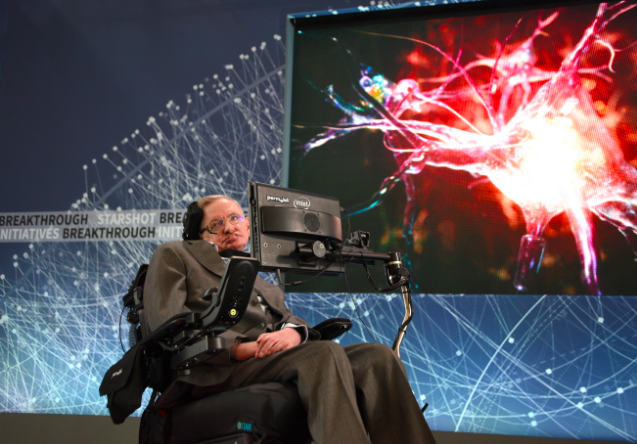For a number of years, Stephen Hawking was bothered by the question of multiverse theory and detailed his no boundary theory in 1983 alongside James Hartle. It was a theory that described how the earth came into being through a big bang and also predicted that the event would have been accomplished by various other big bangs thus creating the multiverse. But just two weeks before his death, Stephen Hawking predicted the end of the universe. He thought to prove the multiverse theory and imagined the existence of many separate universes, according to a report by U.K. newspaper The Sunday Times.
A leading scientific journal is reviewing the Hawking’s final work titled the smooth exit from the internal reflection in which he predicted how the universe would eventually fade to darkness as the stars would run short of energy.
Stephen Hawking alongside the professor Thomas Hertog of Belgium’s KU Leuven University also proposed a way that enables scientists to find alternate universes with the help of probes on space ships. With this humans will attain an accurate understanding of the universe. Hawking was known best for his work on black holes as well as the theory of relativity, had predicted that the earth would turn into a giant ball of fire by 2600. This would require humans to eventually colonize to another planet or face extinction. One wonders, is that a reason why Elon Musk wants to shift to the Red Planet in the near future?
In 2015, the Russian billionaire Yuri Milner was joined by Stephen Hawking in order to launch a project. This project was aimed to use high powered computers for listening to aliens. The BreakThrough Initiatives was a project that supports SETI@home.
It is based at the University of California, Berkely and uses computers to scan the skies to search for any signs of life. According to Hawking, somewhere in the cosmos an intelligent life may be watching these lights of ours aware of what they mean. Or do the lights wander a lifeless cosmos; the unseen beacons announcing that here on our rock discovered its existence?




